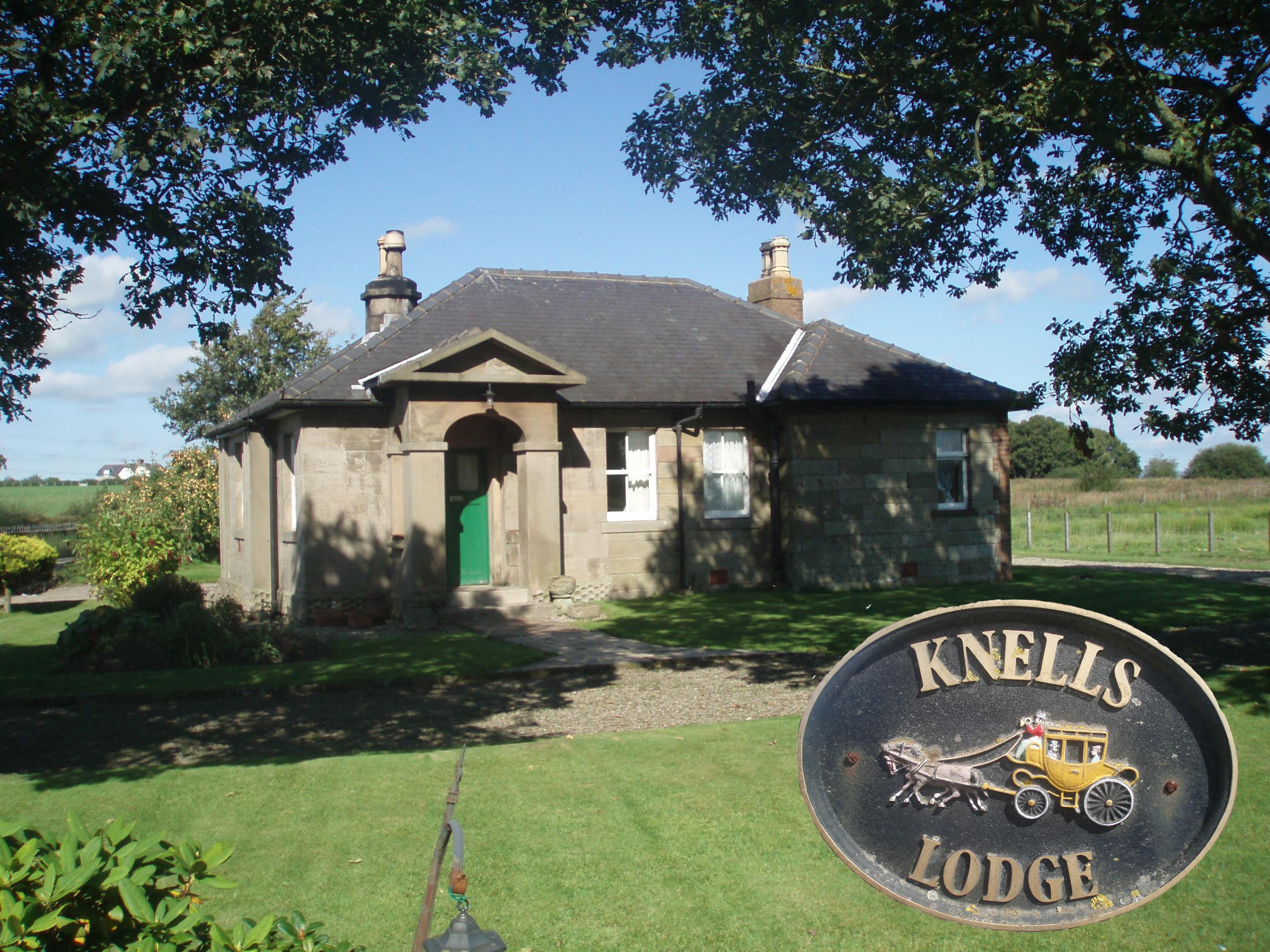 |
||||||
 |
||||||
| Welcome To Knells Lodge Renovation Site | ||||||
Knells Lodge was built in 1824 and was the gate house to the former manor known as Knells House. Commissioned by the Dixon family it covered an area to the east of the village of Houghton and included a farm, land and workers cottages. When money worries forced the sale of the Knells in 1871 a family known as the Fells bought the Knells as a whole and carried on running the estate until they also cound no longer afford to look after the esate and it was sold in lots in 1921. Knells lodge and a few acres of land were sold to the Robinson family and the decendents still own the property. The dixon family info: John Dixon was a customs officer in Whitehaven. He and his wife, Francis, lived at 55 Church Street between 1745 and 1762. His son Peter (1753-1832) born on 23rd October in Whitehaven, married Mary, daughter of Robert Ferguson in 1783. He leased Langthwaite cotton mill from the Fergusons in 1807. He later lived at Tullie House first renting it and then buying it in 1825. Peter’s sons:- Joseph (1795-pre 1860) Joseph had one daughter, Josephina and sons, Wilson Peter and Henry. Peter John (1791-1866).He built a mansion at Holme Eden in 1837/1841 which was sold in 1875. He was a mayor of Carlisle in 1837-38. George (1793-1860) of Blencogo and Tullie House. He married Mary Boucher (b.1799 in Epsom, Surrey) on 5th April 1836 and died in Blencogo school on 9th September 1860. He was mayor of Carlisle 1842-43 and 1848-49. The magnificent Shaddon Mills was built by Peter Dixon’s sons in 1836 for the spinning of Cotton. The Chimney at 305` (320`?) high was the 8th tallest chimney in the world and the mill was the largest cotton mill in the country. Such a large, seven story factory could not have been powered by water. Steam power was used from the beginning. Peter Dixon and Sons was to become a major industrial enterprise. Initially the weaving was carried out in workers’ cottages. In 1840 Dixons employed 3,571 hand loom weavers, namely 2,389 in England, 599 in Scotland and 583 in Ireland. But then a large building adjacent to the factory was built and several hundred power looms were installed. Some weaving was still done as out-work until the 1860s. At their peak Dixons employed a labour force of 8,000. The American Civil War (1861-65) cut off the supply of raw cotton. And by the freeing of slaves the gingham made in Carlisle bought to clothe them by the southern plantation owners was no longer needed. Carlisle politics were dominated by the Dixon family and their relations from 1836 to 1860 MAYORS OF CARLISLE HIGH SHERIFFS OF CARLISLE
Members of Parliament
|
||||||
 |
||||||